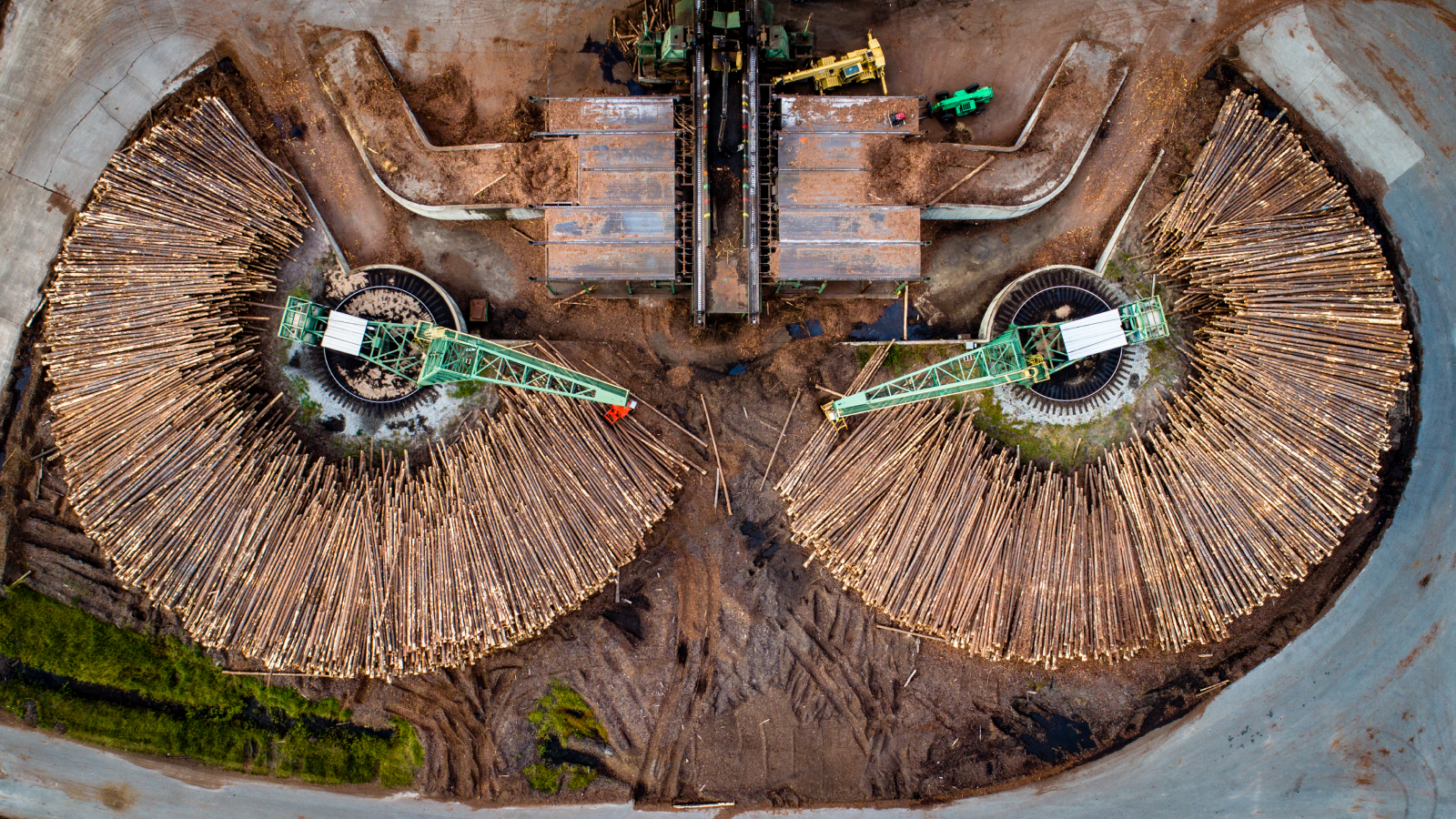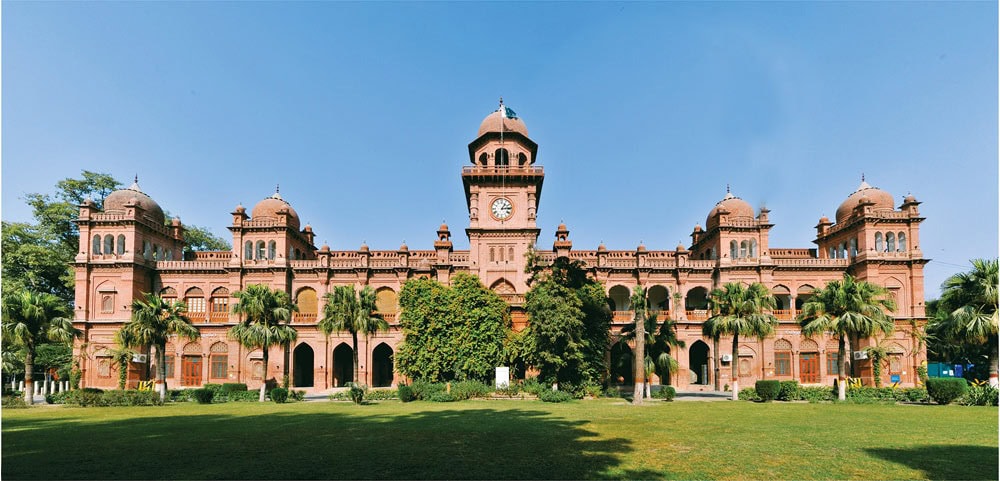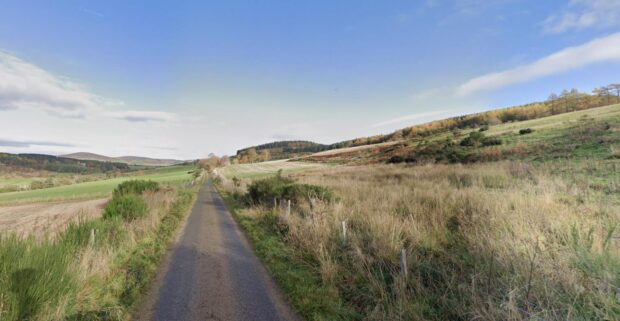
Paper is made from wood by stripping the bark from trees then chipping it and turning into a pulp. Paper is a ubiquitous part of everyday life, but how is it made, and where did it originate? Ancient Egyptians made an early version of plant-based paper using papyrus — which is where the word "paper" comes from. They removed fibers from the stem of the papyrus plant (Cyperus papyrus), a marsh reed topped with flowers that can grow up to 16.
4 feet (5 meters) tall. Ancient Egyptians layered the fibers next to each other, and then dampened and pressed the sheet. Papyrus sheets were used to write letters, record administrative documents, and write stories and religious texts.

Over 2,000 years ago people in China invented a process closer to papermaking as we know it, boiling hemp plants into a pulp, then forming the pulp into a sheet and drying it. This type of papermaking traveled west to Baghdad about 1,400 years ago, where the city became famed for paper production and began to sell paper and books. Paper then reached Europe, where medieval Europeans made paper by cutting up linen and cotton rags , soaking them, and treating them.
The first rag-paper mill came to the North American European colonies in 1690. Over time paper mills faced shortages of rags, so people turned to a cheaper and more abundant material — wood. The first U.
S. newspaper printed on paper made from trees was an edition of the Boston Weekly Journal published in January 1863. Today, the process of making paper begins with loggers cutting trees and bringing them to paper mills: either softwood trees like pine, spruce, and fir, or hardwood trees like oak,.
.. Olivia Ferrari.










